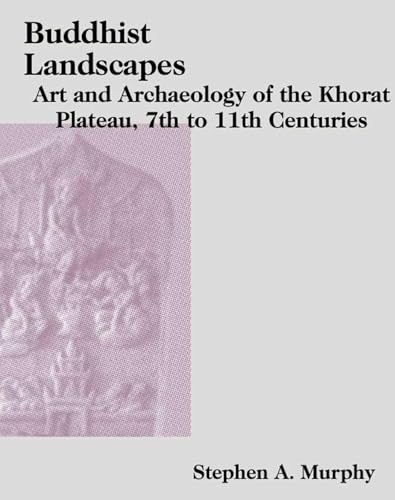21 July 2007 (Brunei Times, no longer available) – A short history of Thailand. The articles from the Brunei Times are only up for a day, so the story is reproduced in full here.
History of Thailand
The Thais are related linguistically to Tai groups originating in southern China. Migrations from southern China to Southeast Asia may have occurred in the 6th and 7th centuries. According
to www.state.gov/r/, Malay, Mon, and Khmer civilisations flourished in the region prior to the arrival of the ethnic Tai.Thais date the founding of their nation to the 13th century. According to tradition, in 1238, Thai chieftains overthrew their Khmer overlords at Sukhothai and established a Thai kingdom. After its decline, a new Thai kingdom emerged in 1350 on the Chao Praya River.
The first Thai or Siamese state is traditionally considered to be the Buddhist kingdom of Sukhothai was founded in 1238, followed by the decline and fall of the Khmer empire in the 13th
_ 15th century AD.A century later, Sukhothai’s power was overshadowed by the larger Siamese kingdom of Ayutthaya, established in the mid-14th century. After the sack of Angkor by the Siamese
armies in 1431, much of the Khmer court and its Hindu customs were brought to Ayuthaya, and Khmer customs and rituals were adopted into the courtly culture of Siam.After Ayuthaya fell in 1767 to the Burmese, Thonburi was the capital of Thailand for a brief period under King Taksin the Great. The current (Ratthanakosin) era of Thai history began in 1782 following the establishment of Bangkok as capital of the Chakri dynasty under King Rama I the Great, says wikipedia.org.
Pibul Songgram and Pridi Phanomyang, both educated in Europe and influenced by Western ideas, came to dominate Thai politics in the ensuing years. In 1934 the first general elections were held; a year later Prajadhipok abdicated, and a council of regency chose Ananda (reigned 1935-46) as Rama VIII. Pibul Songgram, a militarist, became premier in 1938. He changed the country’s name to Thailand and instituted a programme of expansion.
Taking advantage of the initial French defeat (1940) in World War II, he renewed Thai claims in Cambodia and Laos. Japanese mediation resulted (1941) in territorial concessions to Thailand.
At the outbreak of World War II, Japanese forces attacked Thailand. After five hours of token resistance Thailand yielded to Japan on December 8, 1941, subsequently becoming a staging
area for the Japanese campaign against Malaya. Following the demise of a pro-Japanese puppet government in July 1944, Thailand repudiated the declaration of war it had been forced to make in 1942 against Britain and the US, according to www.infoplease.com.
Books about Thailand’s archaeology and history:
– The Art and Architecture of Thailand: From Prehistoric Times Through the Thirteenth Century by H. W. Woodward
– The Kingdom of Siam: The Art of Central Thailand, 1350-1800 by F. McGill
– Origins Of Thai Art by B. Gosling
– Ancient Capitals of Thailand by E. Moore, P. Stott and S. Suriyavudh
– Prehistoric Thailand: From Early Settlement to Sukhothai by C. Higham and R. Thosarat
– Archaeologic Excavations in Thailand (Scandinavian Institute of Asian Studies Monograph Series) by Sorensen






















